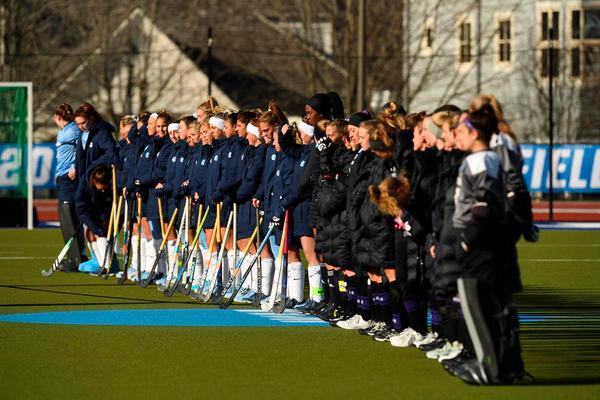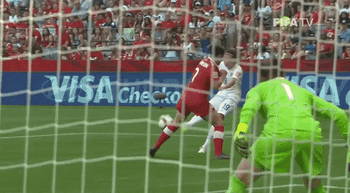NIL collectives raise questions about equity in sports funding

The GIST: College sports are experiencing some name, image and likeness (NIL) growing pains. A Tuesday report shed light on the tug-of-war between university athletic departments and individual teams and athletes for contributions from NIL collectives, raising questions about equity in sports funding.
The collectives: NIL collectives operate independently of schools to collect contributions — oftentimes from fans or local business people — for a variety of goals. This includes facilitating NIL contracts for athletes and teams, while also signing deals of their own with an athlete of choice.
The details: In the report, two University of North Carolina (UNC) officials expressed concerns that donors are redirecting funds to specific sports through collectives, rather than sending them to the school’s athletic department, which usually distributes contributions to all of its teams, including those that generate lower revenue.
- UNC’s national championship–winning field hockey team, for example, operates thanks to donor funds, plus a portion of sponsorship and ticket revenue from the school’s football and men’s basketball teams. It still ran $166K over budget in 2021.
- Field hockey head coach Karen Shelton fears that NIL collectives allow donors to focus on schools’ more popular teams and forget the smaller ones. “If donors want to give their money to that big star quarterback, they’re going to,” Shelton said.
The context: She may have a point, especially when it comes to women’s sports. Collectives account for 49.5% of overall NIL compensation, but can only stake claim of 19.7% of compensation for female athletes. Out of the 250-plus collectives in existence, only 34% have offered payments to women athletes.
- Some argue that the imbalance violates Title IX. In a letter to the U.S. Department of Education last week, the Drake Group said that schools “openly ask” collectives to help with recruiting efforts for male athletes only.
The lingering questions: New complications mean it will be worth tracking donor contributions and identifying if they truly prefer to fund specific sports over athletic departments as a whole. It’s also worth asking: Can the NCAA do anything in the meantime to balance the scales?
- The answer might be yes. This month, the body opted to reconsider its distribution system that overly relies on men’s March Madness performance, and a new media deal could see the NCAA finally cash in on women’s sports. Watch this space.
Enjoying this article? Want more?

Sign up for The GIST and receive the latest women's sports business news straight to your inbox three times a week

